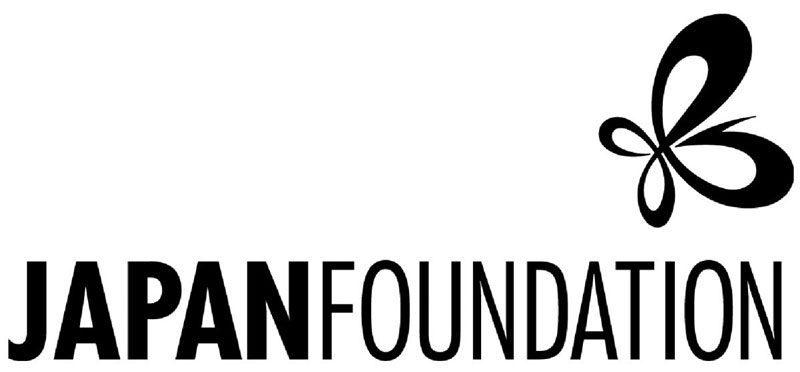Centre for
Contemporary
Photography
No current exhibitions

Supported by

Out the back of Ueno Park and beside the pond, one can find a stone monolith, a ‘tsuka’ for sewing needles. The monument was donated and erected by local seamstresses’ to commemorate sewing needles they have worn out and hence discarded. ‘Tsuka’ is an ancient and complex Japanese term that has several meanings. Its simplest and most commonly used makes reference to a mound or hill, a pile of dirt. This mound of heaped earth is not a natural formation, but rather created through human intervention. These physical pilings are usually associated with burial and entombment, for the purposes of worship and/or mourning. Another more complex layer to this term refers to the mound as an ‘atonement tombstone’ for animals or objects that humans have thrown away or treated harshly often for their own purposes. These ‘tsuka’ sites scatter the landscape of Japan and act as physical totems and metaphoric signifiers for empathy, alleviation and possible subsequent atonement. ‘Tsuka’ therefore act as a milestone between ‘this world’ and ‘the after world’ a physical space to project invisible human aspirations, hopes and guilt.
Tsuka is an exhibition of contemporary Japanese photography and a selection of associated photobooks, curated by Dr. Kristian Häggblom. The project uses these ‘tsuka’ monuments as the starting point for visual investigations by a selection of artists that work with still and moving photography and the photobook. The artists in this project make both literal and lateral responses to the notion of ‘tsuka’, ultimately addressing the question: is the act of taking, making and exhibiting photographs, a form of ‘tsuka’ in its own right?